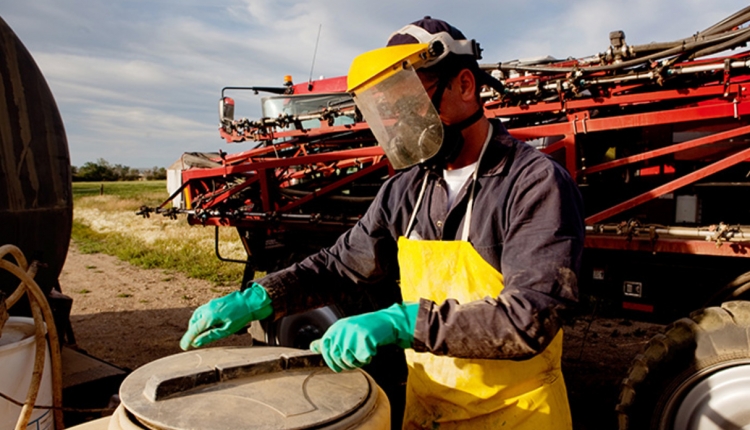
The natural instinct of a dairy farmer is to prioritize the cows. Commonly, cows are the first to eat, first to receive fresh bedding, and even the first to get a pedicure in the form of a hoof trim. While dairy cow comfort is second to none, it is critical to care for the health of yourself and the farm’s employees, especially as we endure elevated temperatures.
The importance of employee safety was discussed in a recent “Dairy news and views” podcast by Iowa State University Extension and Outreach. Melissa O’Rourke, a farm and agri-business management specialist and extension dairy team member, shared why farm supervisors must talk about heat illness with their employees.
According to the Center for Disease Control, more than 700 people die from heat-related causes in the United States each year. O’Rourke stated that most of these deaths could have been prevented with better awareness and precautions.
Signs of heat stress
Heat stress can come about by either environmental conditions or extreme physical labor that raises the internal body temperature. Anyone can experience the effects of heat, but those more at risk include employees that are older, overweight, or suffer from heart problems.
Initial signs of heat illness include rashes, cramping, fainting, and exhaustion. Although these symptoms are not severe, they can lead to more serious issues if not resolved. People with these conditions should move into a cool area and drink plenty of water.
Heat strokes are a more severe consequence of hot weather that can cause permanent disability or death. O’Rourke said, “Heat strokes occur when the body becomes unable to control its internal temperature.”
She warned that supervisors and employees must watch for common signs of heat stroke including dry skin, chills, hallucination, profuse sweating, dizziness, headache, throbbing, and slurred speech. If any symptoms are noticed, 911 should be called immediately and the person should be moved to a cool area to be sponged or bathed in cold water.
Enforcing safe habits
O’Rourke shared, “Farm owners and supervisors should manage the employee working conditions where the heat stress might occur.” Employees should drink an adequate amount of water and wear breathable clothing.
Additionally, to lessen the chance of heat illness, supervisors and employees should collaborate to alleviate the workload. Employees that are new to hot temperatures may need to be exposed in short increments. Otherwise, physically exhausting tasks should be saved for cooler parts of the day, like morning or night.
Supervisors can hang posters around the farm and hand out cards to employees with advice on heat illness. These resources can be found in multiple languages at osha.gov/heat. More articles, videos, and training resources can be found here.
Just as there is no “I” in team, not one supervisor can resolve heat stress risks. By working together, managers and employees can monitor each other and watch for signs of heat illness. Just like you do with your cows, prioritize the health of yourself and your employees.








